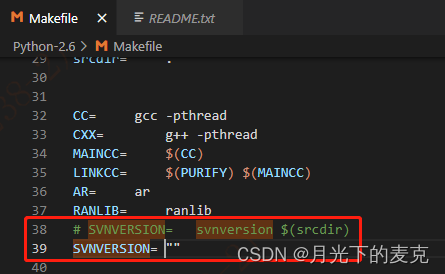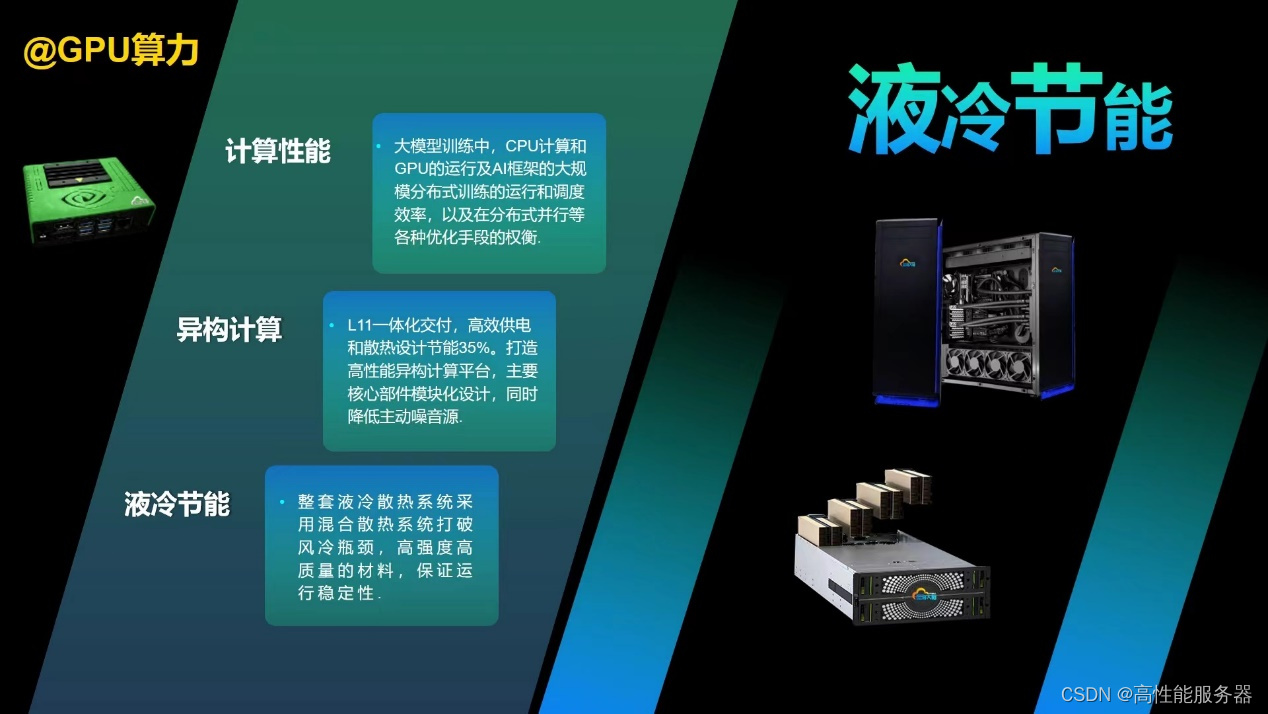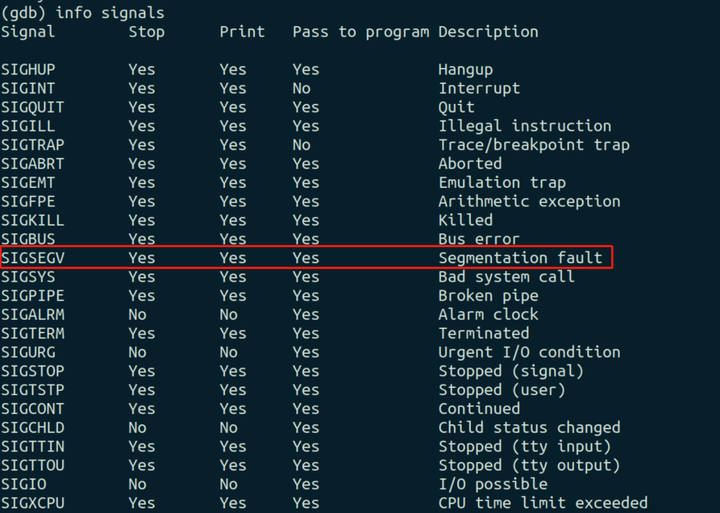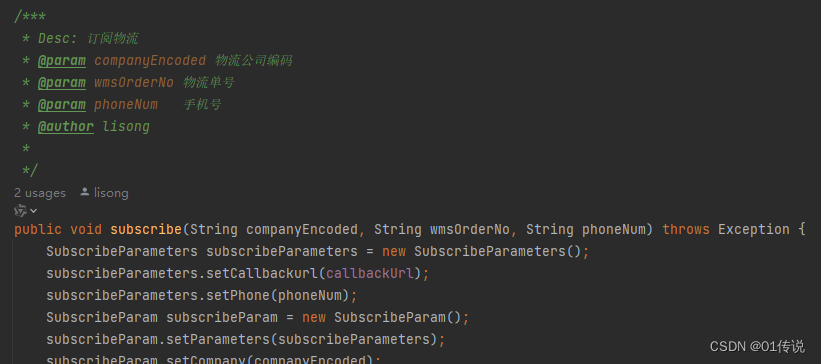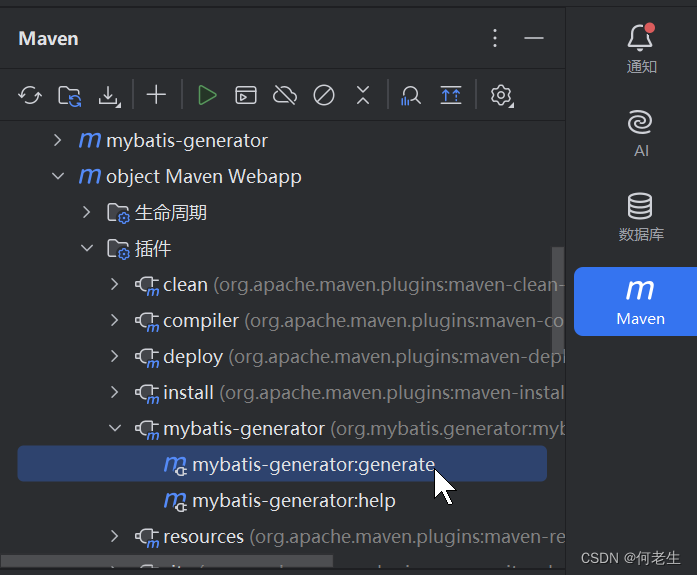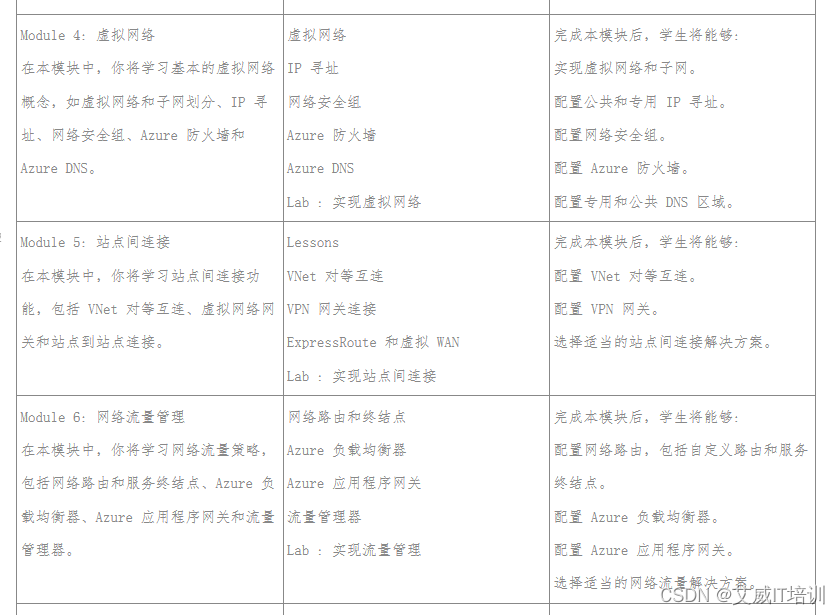简单做个模板框架
字符设备开发流程

- 确定设备号dev_t,动态分配 alloc_chrdev_region() 或静态分配 register_chrdev_region()
- 定义file_opeartion 结构体*fops *,在结构体成员中实现对应的 *open()、read()*等函数。
- cdev_init() 将 fops 与 cdev 绑定,cdev_add() 绑定设备号 dev_t 并注册进内核。
- class_create() 创建设备类型,device_create() 注册设备结点
代码实现
#include <linux/module.h>
#include <linux/fs.h>
#include <linux/errno.h>
#include <linux/miscdevice.h>
#include <linux/kernel.h>
#include <linux/major.h>
#include <linux/mutex.h>
#include <linux/proc_fs.h>
#include <linux/seq_file.h>
#include <linux/stat.h>
#include <linux/init.h>
#include <linux/device.h>
#include <linux/tty.h>
#include <linux/kmod.h>
#include <linux/gfp.h>
/*确定主设备号*/
//#define DEV_MAJOR 11
#ifndef DEV_MAJOR
#define DEV_MAJOR 0
#endif
int dev_major = DEV_MAJOR;//主设备号
#define DEV_NAME "chrdev"//设备名称
static struct cdev *chrtest_cdev;//cdev结构体
//static struct class *chrdev_class; //定义一个class用于自动创建类
static char kernel_buf[1024];
#define MIN(a,b) (a < b ? a : b)
/*实现对应的open/read/write等函数,填入file_operations结构体 */
static ssize_t chrtest_drv_read(struct file *file, char __user *buf, size_t size, loff_t *offset)
{
int err;
printk("%s %s line %d\n", __FILE__, __FUNCTION__, __LINE__);
err = copy_to_user(buf, kernel_buf, MIN(1024, size));//内核空间的数据到用户空间的复制
return MIN(1024, size);
}
static ssize_t chrtest_drv_write(struct file *file, const char __user *buf, size_t size, loff_t *offset)
{
int err;
printk("%s %s line %d\n", __FILE__, __FUNCTION__, __LINE__);
err = copy_from_user(kernel_buf, buf, MIN(1024, size));//将用户空间的buf复制到内核空间缓冲区kernel_buf中,因为用户空间内存不能直接访问内核空间的内存
return MIN(1024, size);
}
static int chrtest_drv_open(struct inode *node, struct file *file)
{
printk("%s %s line %d\n", __FILE__, __FUNCTION__, __LINE__);
return 0;
}
static int chrtest_drv_close(struct inode *node, struct file *file)
{
printk("%s %s line %d\n", __FILE__, __FUNCTION__, __LINE__);
return 0;
}
/*定义自己的file_operations结构体*/
static struct file_operations chrtest_fops = {
.owner = THIS_MODULE,
.open = chrtest_drv_open,
.read = chrtest_drv_read,
.write = chrtest_drv_write,
.release = chrtest_drv_close,
};
/*把file_operations结构体告诉内核:register_chrdev*/
/*注册驱动函数:写入口函数,安装驱动程序时就会调用这个入口函数*/
static int __init chrdev_init(void)
{
int result;
dev_t devno;/*定义一个dev_t变量来表示设备号*/
printk("%s %s line %d\n", __FILE__, __FUNCTION__, __LINE__);
/*字符设备驱动注册流程第二步:分配主次设备号,这里即支持静态指定,也支持动态申请*/
if(0 != dev_major)
{
devno = MKDEV(dev_major, 0);
result = register_chrdev_region(devno, 1, DEV_NAME);//"/proc/devices/chrdev"
}
else
{
result = alloc_chrdev_region(&devno, 0, 1, DEV_NAME);
dev_major = MAJOR(devno);
}
/*自动分配设备号失败*/
if(result < 0)
{
printk(KERN_ERR " %s driver can't use major %d\n", DEV_NAME, dev_major);
return -ENODEV;
}
printk(KERN_DEBUG " %s driver can't use major %d\n", DEV_NAME, dev_major);
/*字符设备驱动注册流程第三步:分配cdev结构体,我们这里使用动态申请的方式*/
if(NULL == (chrtest_cdev = cdev_alloc()))
{
printk(KERN_ERR " %s driver can't alloc for the cdev\n", DEV_NAME);
unregister_chrdev_region(devno, 1);
return -ENOMEM;
}
/*字符设备驱动注册流程第四步:分配cdev结构体,绑定主次设备号、fops到cdev结构体中,并注册给Linux内核*/
chrtest_cdev->owner = THIS_MODULE;//.owner表示谁拥有你这个驱动程序
cdev_init(chrtest_cdev, &chrtest_fops);//初始化设备
result = cdev_add(chrtest_cdev, devno, 1);
if(0 != result)
{
printk(KERN_INFO "%s driver can't register cdev:result=%d\n", DEV_NAME, result);
goto ERROR;
}
printk(KERN_INFO "%s driver can register cdev:result=%d\n", DEV_NAME, result);
/*自动创建设备类型与/dev设备节点*/
#if 0
chrdev_class = class_create(THIS_MODULE, DEV_NAME);//创建设备类型 sys/class/chrdevbase
if(IS_ERR(chrdev_class))
{
result = PTR_ERR(chrdev_class);
goto ERROR;
}
device_create(chrdev_class, NULL, MKDEV(dev_major, 0), NULL, DEV_NAME);// /dev/chrdev 注册这个设备节点
#endif
return 0;
ERROR:
printk(KERN_ERR" %s driver installed failure.\n", DEV_NAME);
cdev_del(chrtest_cdev);
unregister_chrdev_region(devno, 1);
return result;
}
/* 有入口函数就应该有出口函数:卸载驱动程序时,就会去调用这个出口函数*/
static void __exit chrdev_exit(void)
{
printk("%s %s line %d\n", __FILE__, __FUNCTION__, __LINE__);
/*注销设备类型与/dev设备节点*/
#if 0
device_destroy(chrdev_class, NKDEV(dev_major, 0));//注销此设备节点
class_destroy(chrdev_class);//删除这个设备类型
#endif
cdev_del(chrtest_cdev);//注销字符设备
unregister_chrdev_region(MKDEV(dev_major, 0), 1);//释放设备号
printk(KERN_ERR"%s driver version 1.0.0 removed!\n", DEV_NAME);
return;
}
module_init(chrdev_init);
module_exit(chrdev_exit);
MODULE_LICENSE("GPL");

